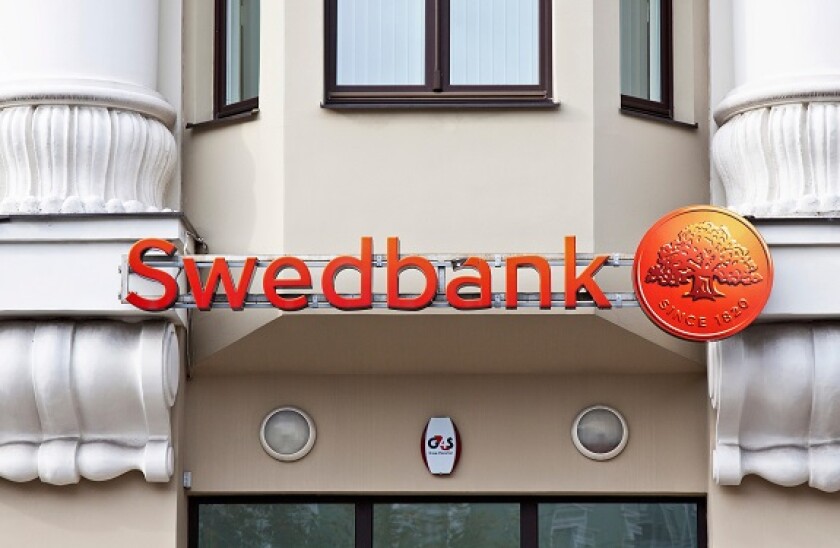A cursory glance at the secondary market would suggest that issuance conditions are calm and welcoming.
But a millpond-flat surface of longstanding stability in credit spreads belies the treacherous currents of weak investor sentiment that lies beneath.
Funds are scrambling to work out when government bond yields will settle back into a stable trading pattern.
They remain nervous about committing themselves until the outlook for rates has become clearer.
A couple of banks have already fallen foul of the new dynamics, which have made markets harder to predict.
Last week, Alpha Bank, a risky Greek issuer, was held at initial price thoughts for a high yielding tier two in euros.
This week, Swedbank, a safe Swedish borrower, misjudged investor appetite and had to pull a tranche from the dollar market.
Banks should take these deals as a sign that demand is flighty. They should not feel rushed into accessing the market, even if they are still being quoted attractive issuance spreads.
Fortunately, most financial institutions are already very well funded. These borrowers can afford to wait and see where the dust settles for rates markets — or at least let central bankers try and put a lid on things.
There is still a lot going for credit, not least the ECB's decision on Thursday to increase the rate of buying in its Pandemic Emergency Purchase Programme, the effects of which will ripple through the asset classes. This suggests that spreads are not due an imminent correction. Demand will ultimately outweigh supply, particularly with quantitative easing programmes still in play.
If banks can sit on their hands, it is likely they'll be able to reap the reward of a more reliable and supportive market further down the line.
Only fools rush in.

